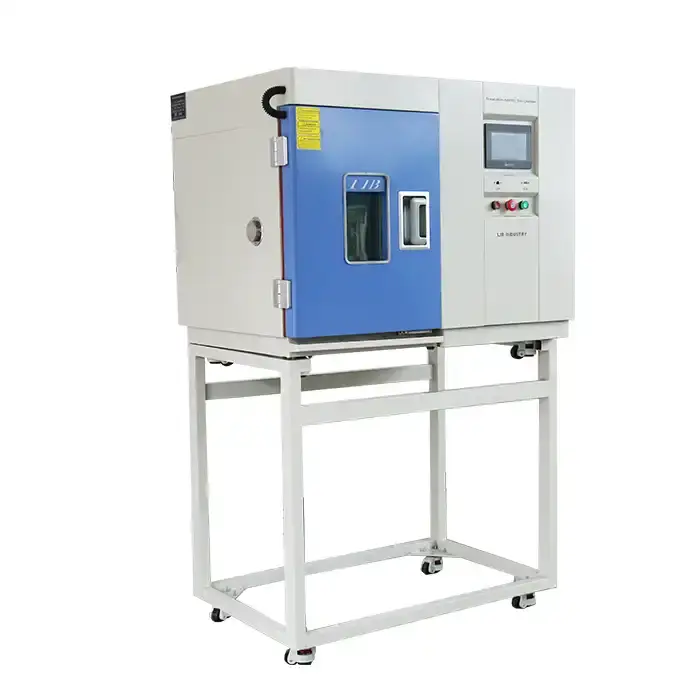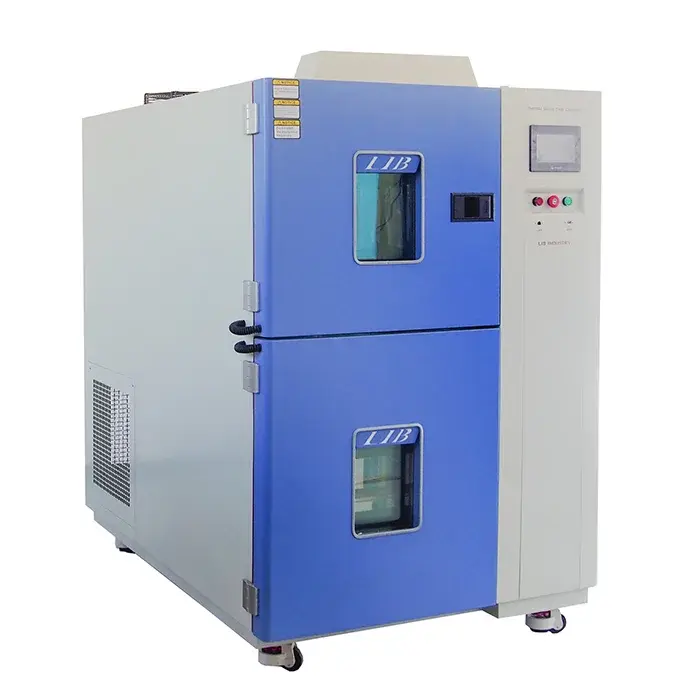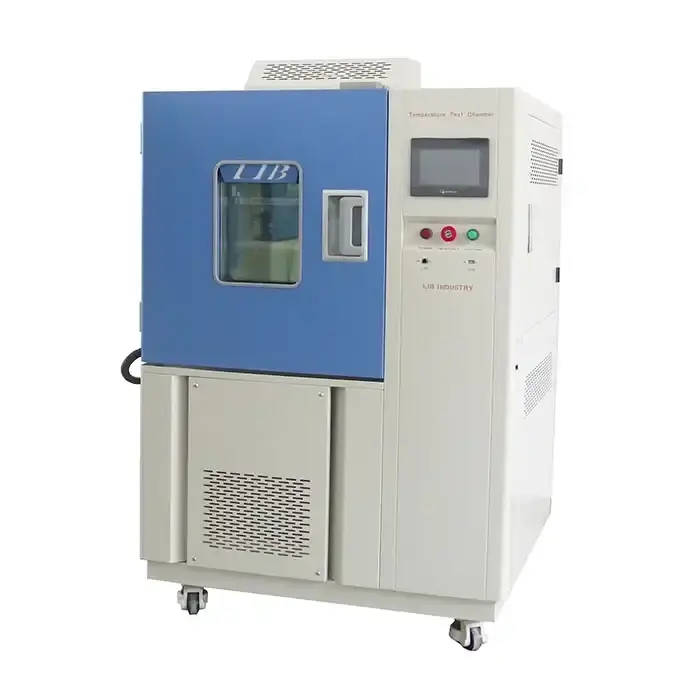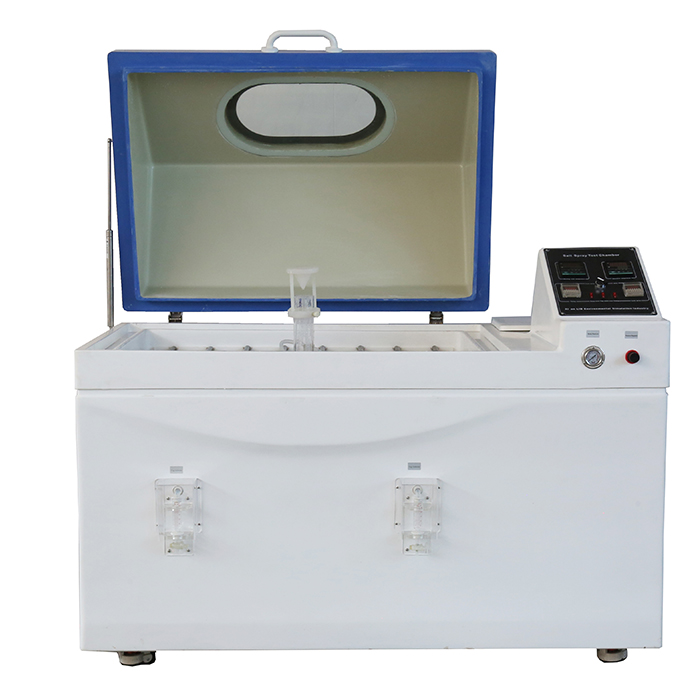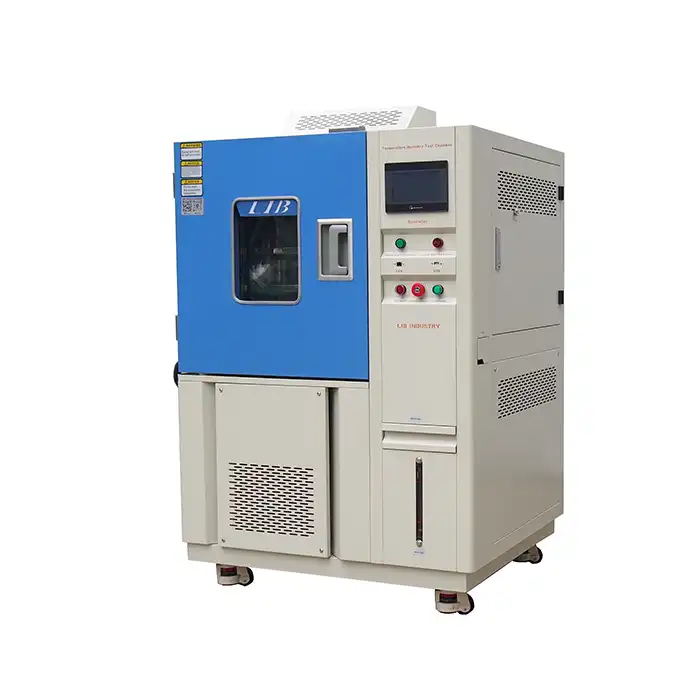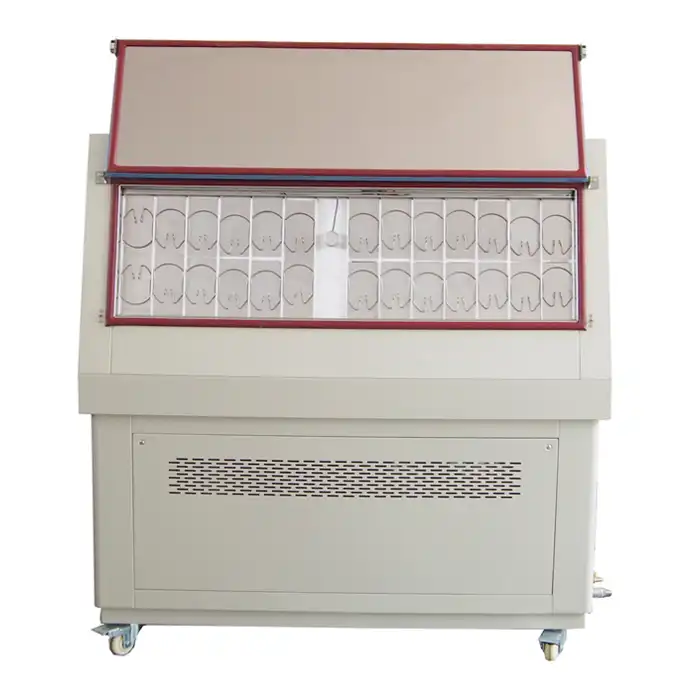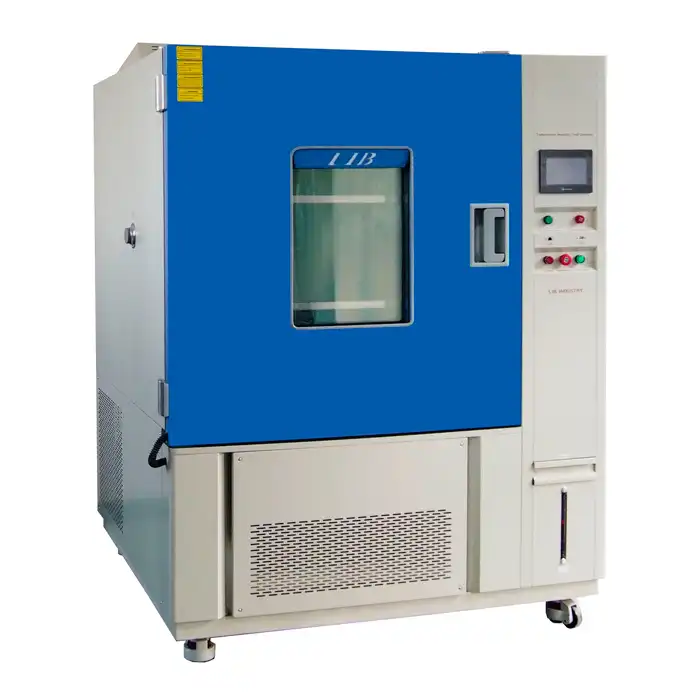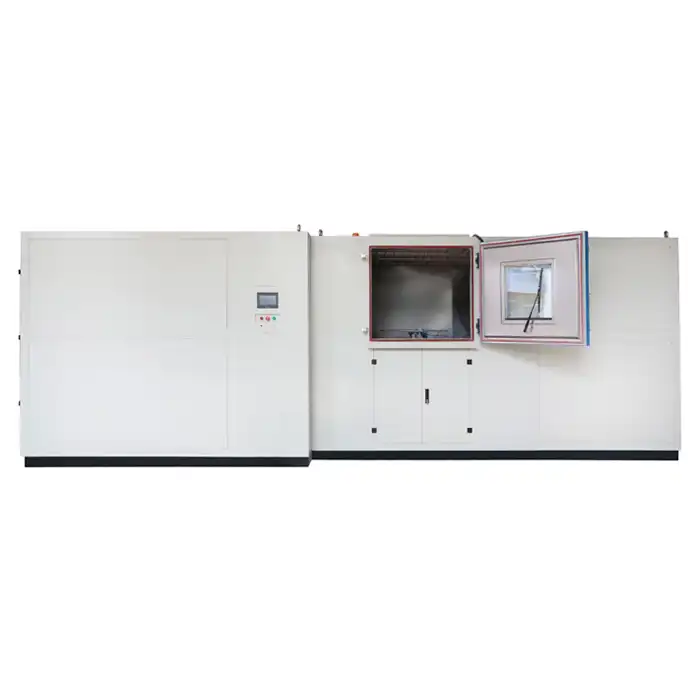What is a sunshine carbon weather meter?
What is a Sunshine Weatherometer?
Understanding the significance of a daylight weatherometer is essential for ensuring the durability and dependability of products in this day and age of cutting-edge materials and stringent quality standards. By simulating crucial environmental conditions that materials and products may encounter throughout their lifecycle, the sunshine weatherometer plays a crucial role in research, manufacturing, or quality assurance.
Essentially, a sunshine weatherometer is a specialized testing device used to simulate sunlight exposure and its effects, such as UV radiation, temperature variations, and humidity levels. This recreation assists sort out how with welling items and materials will face being outside for quite a while over the long run. By subjecting samples to controlled cycles of light and moisture, the weatherometer aids in predicting durability and performance over time. This emulates the regular maturing processes that happen because of daylight.
The daylight weatherometer empowers the formation of items that are more strong and enduring by giving significant experiences into the components by which materials debase quickly. It is a necessary tool for manufacturing quality control because it enables businesses to verify product claims regarding UV stability and weather resistance prior to market release.
Additionally, the information gathered from weatherometer testing in sectors such as the automotive, aerospace, construction, and outdoor equipment sectors informs decisions regarding the selection of materials, enhancements to the design, and warranty specifications. It ensures that products meet or exceed customer expectations in terms of performance and durability in real-world conditions.
In conclusion, the sunshine weatherometer is the best tool for assessing and increasing the dependability and durability of products in a variety of industries. Its capacity to reproduce and anticipate ecological burdens ensures that materials and products are rigorously tested to withstand the challenges of their intended applications, fostering advancement and customer trust in the current serious market.
Understanding the Sunshine Weatherometer
The sunshine weatherometer, which is also known as a xenon arc weatherometer, is a sophisticated instrument that is essential for evaluating the performance and durability of products and materials under accelerated weathering conditions. It faithfully reproduces the effects of prolonged exposure to moisture, temperature swings, and sunlight that materials typically encounter in real-world environments.
The sunshine weatherometer uses a xenon arc lamp to simulate sunlight across a wide range of wavelengths, including UV, visible, and infrared. This reenactment is fundamental for anticipating how materials will debase and mature because of natural factors like UV radiation, intensity, and dampness. The weatherometer accelerates the aging process of samples by exposing them to controlled cycles of light and moisture. This reveals potential failures in the material, color fading, embrittlement, and other deterioration mechanisms.
During the phases of research, development, and quality assurance, sunshine weatherometers are heavily used by a variety of industries, including construction, textiles, plastics, automotive, and aerospace. Specialists use the information created to refine plans, streamline material sytheses, and upgrade item plans to endure cruel open air conditions. Weatherometer testing is used by manufacturers to verify product durability claims, adhere to industry standards, and guarantee customer satisfaction by providing products that function consistently over their intended lifespan.
Besides, administrative bodies frequently command weatherometer testing as a component of item certificate cycles to guarantee security, unwavering quality, and natural manageability. This ensures that products can withstand the rigors of global markets where climates vary significantly and meet stringent durability requirements.
By providing a controlled environment in which to study and enhance materials' resistance to natural weathering, the sunshine weatherometer fundamentally advances materials science and engineering. Its capacity to speed up maturing components assists organizations with improving, produce more strong items, and satisfy the developing needs of purchasers for elite execution and enduring materials in the present cutthroat commercial center.
How It Works
The daylight weatherometer utilizes xenon bend lights to unequivocally imitate the daylight conditions essential for surveying material strength. These specialized lamps produce a spectrum of light that includes UV, visible, and infrared (IR) wavelengths, just like natural sunlight. This wide range plays a key role in accelerating material corruption processes, which mimic the effects of prolonged openness.
By putting products through these controlled conditions, researchers and manufacturers gain invaluable insight into how materials will perform over extended periods of time in real-world environments. Variety blurring, embrittlement, breaking, and surface weakening brought about by UV radiation, intensity, and dampness openness are only a couple of the corruption components that this testing predicts and understand. The created information empowers very much educated material choice, definition changes, and item plan upgrades to improve by and large execution and life span.
The construction, textile, electronics, automotive, and aerospace industries rely heavily on sunshine weatherometers to ensure product dependability and compliance with industry standards. Weatherometer testing is much of the time expected by administrative bodies as a feature of the confirmation strategies to ensure that items meet severe security and strength necessities. This ensures that items can endure various worldwide natural circumstances, giving clients trust in their exhibition and strength.
In conclusion, because it provides a controlled environment in which materials can be simulated and evaluated for their resistance to natural weathering, the sunshine weatherometer is an essential tool in materials science and engineering. It is able to speed up aging mechanisms by using xenon arc lamps. This makes it possible to keep coming up with new ways to make durable, long-lasting products that can meet the needs of today's competitive markets.
Applications in Different Industries
The versatility of sunshine weatherometers makes them indispensable across various industries. For instance, in the automotive sector, these devices are used to test the resilience of vehicle coatings, plastics, and textiles to prolonged sunlight exposure. Similarly, in the construction industry, materials such as paints, sealants, and building facades undergo rigorous testing to ensure longevity and performance under different weather conditions.
Importance of Calibration and Standards
To ensure accurate and reliable results, sunshine weatherometers must adhere to international standards and undergo regular calibration. Standards such as ASTM G155 and ISO 4892 specify testing procedures and parameters, including exposure cycles, humidity levels, and irradiance levels. Compliance with these standards not only ensures consistency in testing but also facilitates comparisons between different testing facilities worldwide.
Choosing the Right Sunshine Weatherometer
When selecting a sunshine weatherometer for your testing needs, several factors should be considered:
Simulation Capabilities: Evaluate the spectrum and intensity of light produced by the xenon lamps. The closer the simulation is to natural sunlight, the more accurate your test results will be.
Sample Capacity: Determine the size and number of samples that can be accommodated in the chamber. This is crucial for batch testing and efficiency in a production environment.
Control and Monitoring Features: Look for instruments that offer precise control over temperature, humidity, and irradiance. Real-time monitoring capabilities allow for adjustments and troubleshooting during tests.
Conclusion
In conclusion, a sunshine weatherometer is an invaluable tool for anyone involved in ensuring the quality and durability of materials exposed to outdoor conditions. By simulating years of environmental stress in a matter of weeks or months, these devices enable manufacturers to innovate confidently and deliver products that meet stringent performance standards.
Whether you're in the automotive, aerospace, textiles, or construction industry, understanding how a sunshine weatherometer works and its applications can help you make informed decisions about product development and quality assurance. Embrace the power of accelerated weathering testing to stay ahead in today's competitive market.
For more information on sunshine weatherometers and how they can benefit your specific testing needs, feel free to reach out to us at info@libtestchamber.com. Our team at LIB is dedicated to providing comprehensive turn-key solutions for environmental testing, tailored to your requirements.



